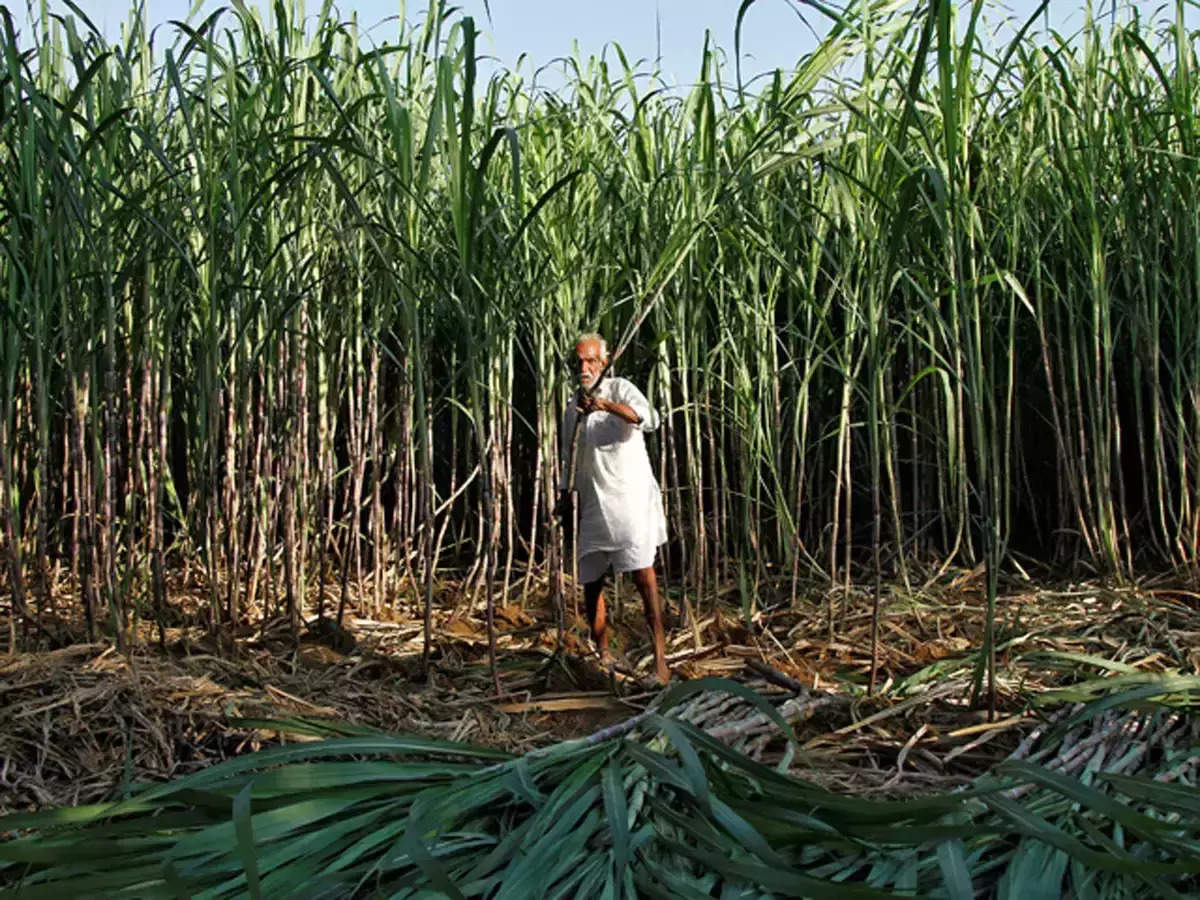- The Centre has taken major initiatives to boost domestic sugar supply, such as prohibiting sugar exports and limiting sugar diversion for ethanol production.
- On December 7, the Ministry of Consumer Affairs, Food, and Public Distribution issued a directive to mills and distilleries prohibiting the use of sugarcane juice/syrup in the manufacturing of ethanol.
Ethanol Blended Petrol (EBP) initiative
- Success: The EBP initiative, a significant success of the administration, has seen ethanol blending with gasoline climb from 1.6% in 2013-14 to 11.8% in 2022-23.
- Diversifying feedstocks, such as C-heavy molasses, B-heavy molasses, sugarcane juice/syrup, and cereals, is credited with the company’s success.
Ethanol Production from Various Feedstocks
- C-heavy molasses: Traditionally used in the manufacturing of ethanol, generating 220-225 litres of ethanol per tonne.
- When compared to C-heavy molasses, B-heavy molasses yields more ethanol (290-320 litres per tonne).
- Sugarcane Direct Fermentation: Fermenting the entire sugarcane without sugar extraction produces 80-81 litres of ethanol per tonne.
Ethanol Blending Scheme at the Centre: Food vs. Fuel Debate
- Increased Ethanol Production Following 2017: The addition of novel substrates such as extra rice, broken grains, and maize, as well as B-heavy molasses and sugarcane juice/syrup, increased ethanol output.
- Pricing Policy Variation: With increased pricing, the government encouraged ethanol production from non-C-heavy molasses feedstocks.
- Industry Impact: During the off-season, companies like Triveni Engineering & Industries Ltd (TEIL) adapted to a variety of feedstocks, including grain.
Challenges and Setbacks for the Impact of the Industry
- Directive: The December 7 directive is a setback, particularly for enterprises with the capacity to make ethanol from cane juice/syrup.
- Tender for Ethanol Supply: The OMCs’ tender for 825 crore litres of ethanol for 2023-24, notably the 135 crore litres from sugarcane juice/syrup, might be impacted.
- Pricing Uncertainty: Despite the fact that the ethanol supply year is closer to the sugar year, the Centre has not established prices for various ethanol feedstocks for 2023-24.
Concerns about sugar supply and policy implications
- Low Sugar supplies: Because the sugar year 2022-23 finished with low supplies, the government decided to prioritise local sugar supply.
- Uncertain output Forecasts: According to the National Federation of Cooperative Sugar Factories, sugar output will fall in 2023-24.
- Priorities of the Government: The most recent choices demonstrate the government’s preference for domestic supply and consumer demands above exports and fuel production.
Source: https://indianexpress.com/article/explained/food-versus-fuel-whats-happening-with-centres-ethanol-blending-scheme-9062757/

